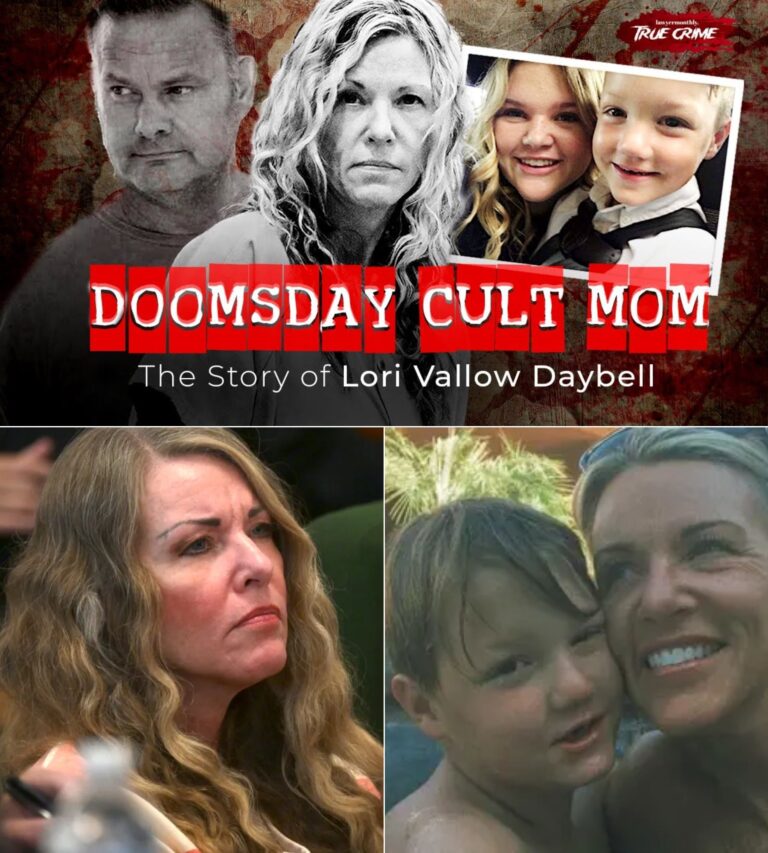Tragedy Strikes: Young Woman’s Life Cut Short by Abusive Partner in Baton Rouge Horror
In a heartbreaking tale that underscores the severe consequences of domestic violence, 23-year-old Stacy Charles was found brutally stabbed to death early Saturday morning in Baton Rouge, Louisiana, at the hands of her boyfriend, Steven Heinrich Jr. The horrific incident, which unfolded on Old Hammond Highway, not only claimed Stacy’s life but also revealed a chilling pattern of abuse and systemic failure that left her vulnerable to a man with a troubling history of violence.

According to police reports, the grim scene unfolded around 2:00 AM when officers discovered Stacy with multiple stab wounds. She was rushed to a local hospital but tragically succumbed to her injuries during surgery. In a shocking twist, Heinrich, after committing the unthinkable act, fled the scene, crashed his vehicle into oncoming traffic, and set himself on fire, ultimately succumbing to his injuries as well.
Stacy’s friends and family are left grappling with the aftermath of a relationship that was marred by violence and fear. Just weeks prior to her death, Stacy had filed a restraining order against Heinrich, detailing a harrowing history of stalking, physical abuse, and threats to her life. Despite having filed six restraining orders against various individuals in her life, the legal protections she sought proved tragically insufficient.
The story took a darker turn as investigators uncovered Heinrich’s disturbing past. He had been previously accused of harassing other women, including a former girlfriend who had also sought legal protection against him. This raises an urgent question: what more could Stacy have done to protect herself? Friends who had tried to warn her about Heinrich’s violent tendencies expressed their frustration on social media, lamenting the systemic failures that allowed this tragedy to occur.
In a poignant social media post, one friend recounted her own attempts to alert Stacy about Heinrich, sharing evidence of his harassment and urging her to take caution. “I reached out to try to save her life. Rest in peace,” she wrote, unable to shake the feeling of helplessness in the face of such a preventable tragedy.
Stacy was described by her loved ones as a vibrant young woman who enjoyed music and cherished her family. Her social media presence reflected a joyful spirit, but her last posts reveal a stark contrast to the happiness she sought. Just months ago, she had made a public plea for a “white boy” to come into her life, unaware that her wish would lead her to a man who would ultimately become her worst nightmare.
As the community mourns the loss of Stacy Charles, this tragic event serves as a painful reminder of the urgent need for systemic change in how domestic violence cases are handled. The legal system’s failure to protect Stacy despite her numerous attempts to seek help highlights a critical gap in support for victims.
As the dust settles on this harrowing incident, questions linger about accountability, both for Heinrich and the institutions that failed to act on the warning signs. Stacy’s story is not just a personal tragedy but a call to action for society to confront the realities of domestic violence and ensure that no other woman faces the same fate.
In the wake of this tragedy, the voices of Stacy’s friends and family echo a powerful message: enough is enough. It is time for the community to stand together and demand justice, not just for Stacy but for all victims of domestic violence.






